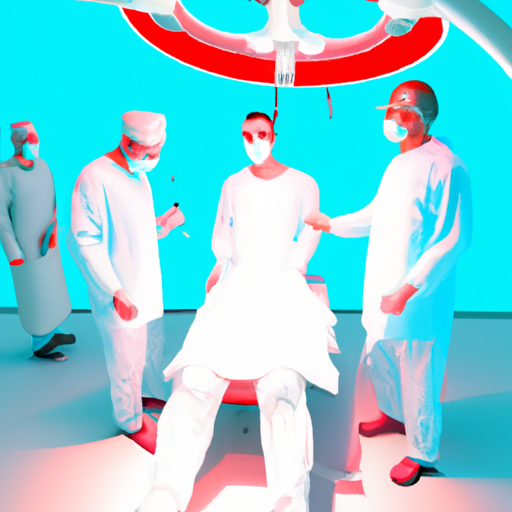Addressing the Canadian Opioid Crisis: Spotlight on an Innovative Solution
Canada is in the throes of an escalating opioid crisis of unprecedented proportions. The work done by frontline healthcare professionals, community organizations, and government officials to combat this societal menace is invaluable. One innovative method to alleviate pain and aid in recovery being considered is laser therapy, specifically, the Theralase TLC-2000 Class 3 Laser System.
Understanding the Opioid Crisis in Canada
The opioid crisis refers to the breaching surge of addiction to and overdoses from opioids, a class of drugs that includes prescribed medications (morphine, fentanyl, oxycodone) and illicit drugs (heroin). Use and misuse of these drugs lead to significant health, social, and economic burdens, such as increased healthcare costs, crime, homelessness, and the spread of infectious diseases.
Desperate Times Call for Desperate Measures
Despite efforts to control the crisis, the situation remains bleak. Alarmingly, according to a recent report from the Public Health Agency of Canada, the country witnessed over 19,000 opioid-related deaths between January 2016 and September 2020. As community leaders, policy-makers, and healthcare professionals scramble for solutions, options like non-invasive, drug-free treatments take center stage.
The TLC-2000 Class 3 Laser System: An Alternative Approach To Pain Relief
Finding alternatives to opioids for pain relief could play a significant role in combating the current crisis. One potential solution is the Theralase TLC-2000 Class 3 Laser System, a non-invasive, painless treatment with no known side effects. This system uses bio-stimulative light energy to target damaged cells, helping to reduce inflammation, alleviate pain, and speed up the healing process.
Salient Features of the Laser System:
- Optimal 660 nm and 905 nm wavelengths to penetrate deep into tissues.
- Capability to target specific regions for optimum results.
- Enables adjustable frequencies to customize treatments.
- Stimulates the body’s natural healing processes.
- Non-drug, non-invasive, and scientifically proven technique for pain management.
Impact of the Laser System on the Opioid Crisis
By providing a non-pharmacological approach to pain management, the Theralase TLC-2000 Class 3 Laser System could potentially help reduce opioid prescriptions, thereby curbing the probability of misuse. Furthermore, it could aid in the Canadian opioid abatement class action to contribute sustainable solutions to the opioid crisis.
Challenges and Next Steps
While laser therapy holds promise, it is not without limitations or challenges. These include its relatively higher cost, limited accessibility, and lack of public awareness about such treatment modalities. To overcome these barriers, persistent advocacy from civic and community leaders, funding for research, and public education campaigns are needed.
In Conclusion
The opioid crisis in Canada is a complex and multifaceted issue. While naloxone kits and harm reduction strategies remain critical in combatting the ongoing crisis, the focus must also move toward innovative non-opioid strategies such as the Theralase TLC-2000 Class 3 Laser System. Integrating such therapeutic modalities might help us take a decisive step toward a future without the opioid crisis, where pain management is safe, effective, and accessible for all Canadians.
